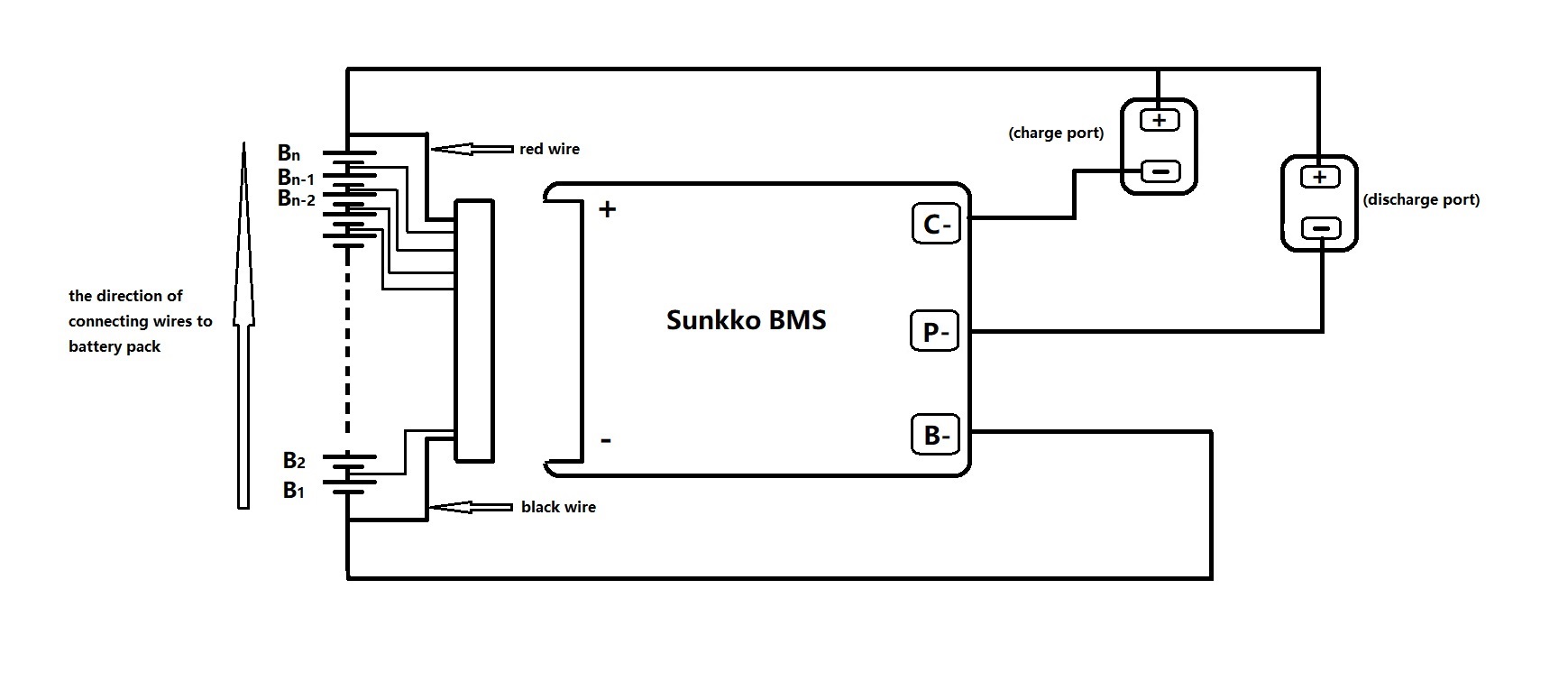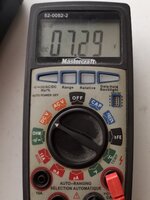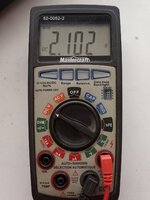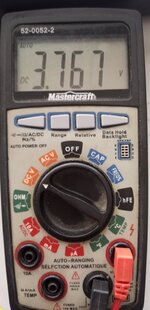PCeBiker
No-Hands No-Pedaling No-Credentials
- Region
- Canada
EDIT:
Your battery probably has 13 cells in series?
(48V 13S,.. 13 cells in Series)

It depends on how your battery is made.
13 cells in series allows for a higher charge voltage and increases capacity.
In a large capacity battery, each of those 13 cells has multiple cells connected in parallel with it.
So basically more cells stacked on top of the one with all the positives and all the negatives connected together to the one cell.
That's where things get difficult because to test the voltage of each individual cell in the stack, you have to remove the cell from the circuit by disconnecting it.
You can check the voltage of the stack but you won't know the voltage of the individual cells.
A properly and safely built battery will monitor the voltage between each cell of the 13 in series (each of the 13 with multiple cells in parallel) and shut down the battery when any one of the 13 cell groups drops to about 3.1 volts or so (depends on the settings in the BMS)
Your battery probably has 13 cells in series?
(48V 13S,.. 13 cells in Series)
It depends on how your battery is made.
13 cells in series allows for a higher charge voltage and increases capacity.
In a large capacity battery, each of those 13 cells has multiple cells connected in parallel with it.
So basically more cells stacked on top of the one with all the positives and all the negatives connected together to the one cell.
That's where things get difficult because to test the voltage of each individual cell in the stack, you have to remove the cell from the circuit by disconnecting it.
You can check the voltage of the stack but you won't know the voltage of the individual cells.
A properly and safely built battery will monitor the voltage between each cell of the 13 in series (each of the 13 with multiple cells in parallel) and shut down the battery when any one of the 13 cell groups drops to about 3.1 volts or so (depends on the settings in the BMS)







